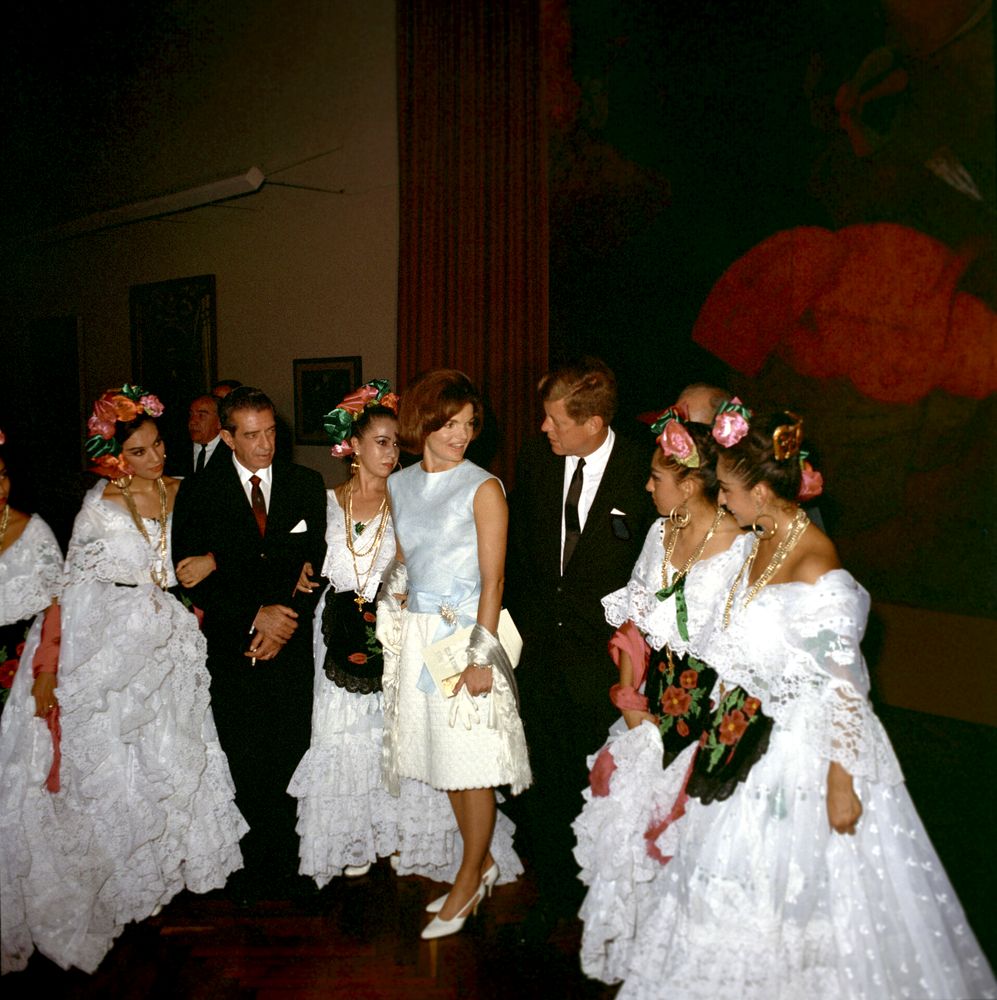Primary Sources
A good definition from the Research Users Services Association's helpful guide Primary Sources on the Web: Finding, Evaluating, Using states "Primary sources are the evidence of history, original records or objects created by participants or observers at the time historical events occurred..."
An exception to this rule can be made for oral histories or memoirs since the person who experienced the event is the one recording the oral history or writing the memoir. Just keep in mind, that the longer it has been since the event, memories become increasingly selective.
Primary source material may be found within what appears at first glance to be a secondary source. Sometimes a secondary source item will look like a primary source. When in doubt, ask for help!
These are some possible categories/formats of materials you might find. Of course, technologies available at the time of the event will determine some categories. Film newsreels are not going to be found if you are searching the Dark Ages for primary images. Instead you will find photographs of such such as paintings, carvings or tapestries.
- Newspapers
- Memoir
- Diary or diaries
- Letters (note the term 'Correspondence' is the LoC subject heading subdivision)
- Maps
- Personal narrative (this is a LoC subject heading subdivision)
- Journal (not the scholarly publication, but more like a diary)
- Government reports and publications
- Oral history transcriptions
Image or sound file
- Photographs/slides/prints (may be of items such as paintings)
- Paintings and drawings
- Newsreels
- Television shows
- Newscasts
- Music recordings and videos
- Oral history recordings
Realia (objects)
- Artwork
- Buildings
- Toys and games
- Clothing
- Furniture
- Souvenirs
- Scrapbooks
- Ephemera (items created for short-term or one-time use such as flyers, brochures, ticket stubs)
President and First Lady Kennedy and First Lady at a folkloric dance performance, Mexico City, 1962.
Whenever possible, search a reputable collection for original, high-quality scans. You are more likely to find accurate information as well as usage guidelines.
If you find an image you like, but it's missing the origin information, reach out to a librarian for helping finding the information, or help finding an alternative image.
The links below are great starting points for finding primary source images:
-
Cambridge Digital LibraryDigitized primary source material and research outputs from the University of Cambridge and its colleges.
-
Digital BodleianDigital Bodleian is an ongoing project of the University of Oxford's Bodleian Libraries that offers digitized images of manuscripts and early printed books, ephemera, maps, prints and portraits.
-
Digital Public Library Primary Source SetsPrimary source collections exploring topics in history, literature, and culture developed by educators. Browse by topic or theme.
** COVERAGE: Starting with colonial times (16th century), with best coverage starting in mid-18th century -
Historial Events, Google Arts & CultureExplore visual images for historical events, includes photos, videos, art, etc.
-
Historical Figures, Google Arts & CultureExplore images of historical public figures from around the world, across time.
-
Internet ArchiveVaried collections including images from a broad range of topics, countries and time periods.
-
Library of Congress Prints and Photograph CollectionsDigitized copies of photographs from their extensive collections.
-
New York Public Library Digital CollectionsAccess to the digital collections which includes a mix of visual and written primary sources. Browse by topic or search using keywords.
Newspapers
Newspaper articles can be great primary sources. Most students can find at least one newspaper article on their topic.
Search for news articles
- Choosing keywords for news articles can be tricky. You can try names, places or events an usually find something. Using general topic keywords may require you to use the date range limiter to get news articles from the correct time period.
- The words used to describe your topic during the time period, might be different from the words we use today. It can be helpful to start with secondary sources and learn the vocabulary of your topic from the time period.
Select one of the news databases below based on your topic and time period.
-
Times (London) digital archive 1785-1985Provides access to the complete digital edition of The Times (London). The entire newspaper is captured, with all articles, advertisements and illustrations/photos divided into categories to facilitate searching.
-
New York Times (Historical Collection)The New York Times Historical Collection provides full page and article images including the NY Daily Times (1851-1857). The most recent four years not included in this historical collection can be searched through ProQuest Direct, LexisNexis or Factiva.
-
Los Angeles Times (Historical)Archival issues and articles beginning with 1881. Issues published during the past twenty-four years are not available in this database. Check ProQuest or Factiva databases for the material not held in this collection.
Memoirs, Diaries, and Letters
These types of sources are commonly found in books. Often, there will be collections of letters, diary or journal entries, in addition to memoirs and autobiographies. To search for books, use the Books & More tab on the Library's homepage:

To find memoirs and autobiographies, search for the person's name in quotation marks using the Author search, for example (click on image to see search results):
To find collections of primary sources about a person, search for the person's name in quotation marks and one of the primary source words, for example (click on image to see search results):
Lastly, there may be collections of primary sources on your topic, which you can find by searching a topic work and the word sources, or another primary source words. For example (click on image to see search results):
Sample Citations, using Chicago Style
Samples taken from the online edition of the Chicago Manual of Style. Citations are linked to the section in the CMS for more explanation and examples.
Written Primary Sources
Newspaper
Letters
Visual Primary Sources
Photograph
Video or Podcast






